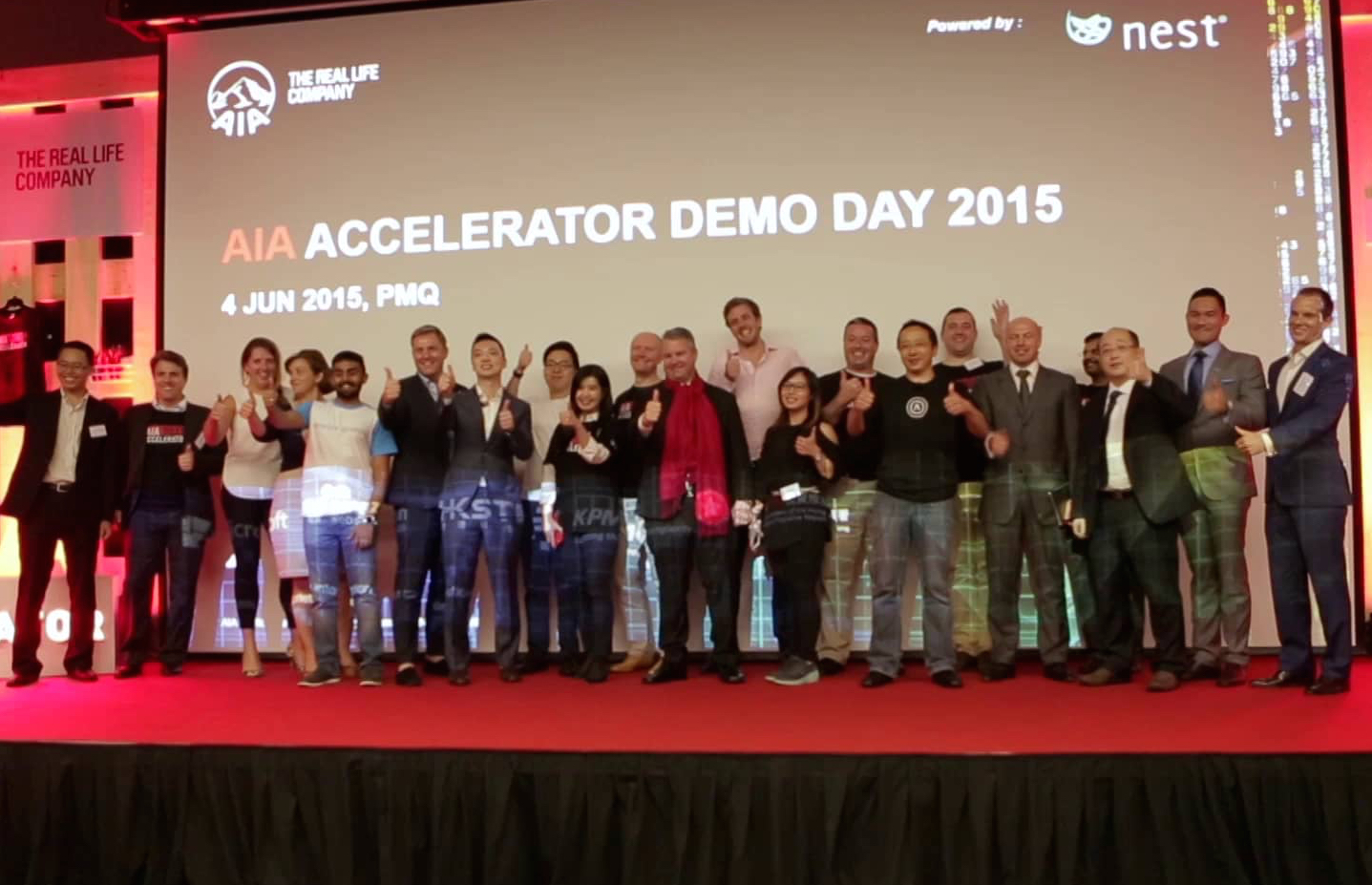
Within all aspects of Global Fashion Management education—from lecture event to panel discussion to informal conversation—the focus often turns to the demand and purchasing power of the Chinese consumer. According to the Sourcing Journal, China-based consumers’ online spending for American brands in 2015, is seven times higher than in 2014. But while Chinese consumers are aware of American brands, they’re often not available in China. Jingming Li, U.S. President of Alipay, China’s third-party payment platform, writes that growth will be exponential as logistics and localized payment options improve for cross-border purchasing.
Our intensive seminar in Hong Kong provides GFM students the perfect venue to hear the very latest on e-commerce, digital commerce, and social networks from those who know it best—local experts, colleagues, and consumers—and to gain insight on how the future might unfold.

Anson Bailey, Principal, Business Development for KPMG in Hong Kong, has spent a good portion of his career in China, and has the consumer-technology expertise to deliver a fresh perspective on the contemporary Chinese consumer. Anson says, “Asia will be the story going forward,” and he backs up this claim with a few trends:
- Peer to peer, mobile and cognitive technologies will continue to strengthen, especially as new digital consumers in third and fourth tier cities in Mainland China turn to e-commerce.
- Among consumers in first and second tier cities, 2008 marked a turning point when buying incentive shifted from status seeking to self-reward and purchasing from a more individualist incentive. Heightened by an educated knowledge of country-of-origin when buying luxury, Chinese consumers have less concern for price, and focus more on accessibility.
- Among Chinese consumers surveyed by KPMG, 45% buy online. Among the 54% that make up the middle to upper class, this group has the greatest influence on consumer purchases.
Anson went on to describe the evolving innovation of Chinese tech companies in creating disruptive technologies, consumer convergence, more adaptable mobile devices (such as OnePlus), and aggressive accelerator programs such as AIA. Regardless of how much we may read about the connected Chinese consumer, there’s nothing quite like being on site, and among the experts, to get a first-hand perspective.



